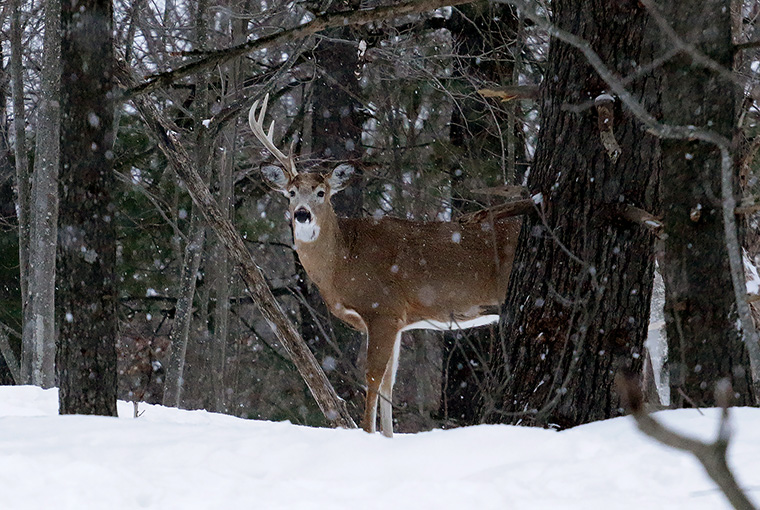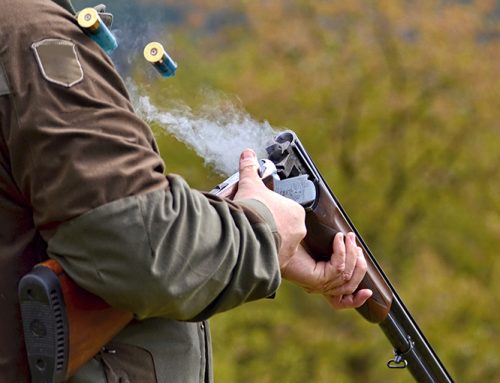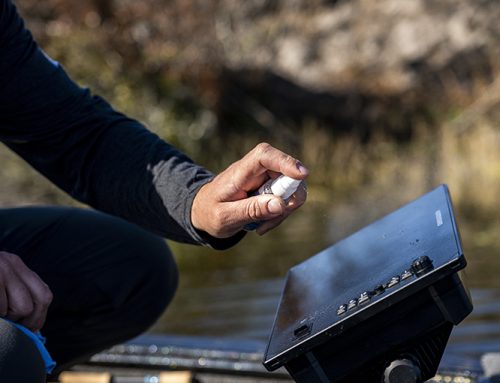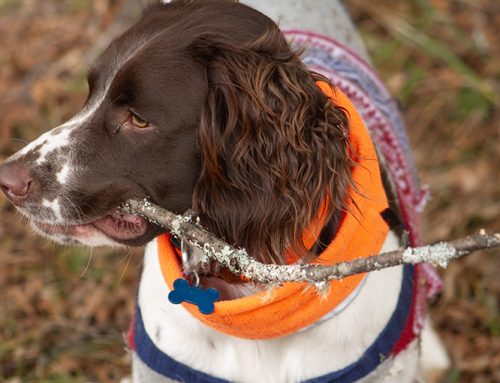
Q: Occasionally, a buck will shed its antlers in mid-to-late December. Would this buck now be classified as an antlerless deer, or still considered a buck, based on its sex? Also, what should be done if antlers break off or detach when dragging, making it antlerless?
Mat Moulder, Windsor

A: The hunting regulations do not distinguish between male and female deer as they do for moose, such as a bull moose and cow. They distinguish between deer with one or more antlers that are at least 7.5 cm in length (antlered) and deer that do not have antlers or that have antlers that are both less than 7.5 cm in length (antlerless deer).
Therefore, a buck that has shed both antlers is considered to be an antlerless deer. If the antlers break off in the course of dragging the carcass out of the bush, you should keep them as evidence that the deer was antlered. An antlered deer that has just lost its antlers will still clearly show the pedicles. While bucks generally lose their antlers in mid-to late-winter, hunters should be aware that during late December hunts, there is a possibility that a deer could lose one of its antlers. While it is unusual that they would lose both at the same time, if one does come off, be extra careful with the second — there’s a good chance that it is also loosening. In the event both antlers do fall off, a call to the local MNRF enforcement unit is always helpful.
ANSWER BY: David Critchlow, Provincial Enforcement Specialist, MNRF
Send your questions by clicking here
Originally published in the Nov.-Dec. 2021 issue of Ontario OUT of DOORS. Ask a CO is also a regular feature in the print edition.
Please check the most recent Ontario hunting and fishing regulations summaries, as rules and regulations can change.






Leave A Comment